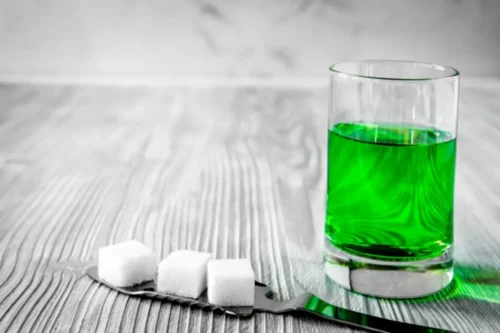Long-Term Effects of Alcohol: Dangers, Risks & Effects

All estimates were weighted to account for the NSDUH’s stratified cluster sampling design (Substance Abuse and Mental Health Data Archive, 2014). While supplementary analyses including the 2015–2017 data follow similar steps above, adjusted weights were created to account for three additional years of data in consistent with the CDC (2018b)’s technical guideline. Safe driving requires focus, coordination, good judgment, and quick reactions to the environment.

Characteristics of Alcohol-Related Fatalities and Fatal Crashes

Despite reductions in alcohol-related traffic fatalities since the early 1980s, alcohol remained a factor in 41 percent of the traffic deaths recorded in the United States in 2002. The greater decline in alcohol-related traffic deaths among 16- to 20-year-olds is in part attributable to the adoption of age 21 as the legal drinking age, which occurred in all States by 1988. A review of more than 49 studies of changes in the legal drinking age revealed that in the 1980s and 1990s when many States lowered the legal drinking age, alcohol-related traffic crashes involving drivers under 21 increased 10 percent.
Increased Chances of Having an Accident
While driving, there are numerous demands on a person’s attention, such as staying in the correct lane, monitoring other vehicles, managing speed, and following traffic signals. The consumption of alcohol significantly elevates the chance of a crash due to the reduced ability to pay attention to the road. DUI is an acronym that stands for „driving under the influence.“ Driving under the influence is the offense of driving or operating a motor vehicle while impaired by alcohol or another drug to an extent that makes operating the vehicle unsafe.
Long-Term Health Risks

The number of DUI convictions needed to turn this offense into a felony varies by state. For instance, if you’ve had a DUI offense within the past ten years, a second offense is a felony in New York and Oklahoma. However, a DUI doesn’t become a felony until the third DUI conviction in Arizona, Nevada, and Massachusetts.
- This suggests that more than half (56 percent) of the 16- to 20-year-old drinking drivers questioned were not aware that driving after any drinking is illegal for them.
- The officer only needs to have an inclination that an individual might be intoxicated from their behavior, mild inconsistencies in their driving, their posture while they are driving, or for any number of other reasons that the officer can choose to make an initial stop.
- Alcohol-influenced brains take longer to process situations and respond to them, making it challenging to react fast enough to avoid a collision, such as if an animal suddenly crosses the road or a pedestrian steps into the road.
- Jennifer Chesak is a freelance medical journalist, editor, and fact-checker with more than two decades of experience and bylines in several national publications.
Driving drunk happens for many reasons, but the reasons are all based on impulsive decisions that can have ramifications that last a lifetime. Unfortunately, when we’re inebriated, our decision-making abilities are also highly impaired. If you’ve ever https://ecosoberhouse.com/ driven after drinking in the past, you have a road map to examine all the decisions you made along the way that led to you getting behind the wheel. At the heart of many decisions to drive drunk is the concern of how to get from point A to point B.

Download or order the free 20-page booklet, “Rethinking Drinking: Alcohol & Your Health”.
If someone has a BAC at or above the legal limit, they are legally considered impaired. However, it’s important to note that critical thinking and fine motor skills begin to drop as soon as a person has taken their first sip of alcohol. Over 10,000 people die each year in the U.S. from alcohol-related car crashes. And every two minutes, someone is injured in a car accident involving alcohol.

When does alcohol hurt? a driving simulator study
Drivers who operate motor vehicles after drinking are less likely than other drivers to wear seat belts (see table 7). People who wear safety belts reduce their risk of injury or death in traffic consequences of drinking and driving crashes by one-half (NHTSA 2002). At every BAC, a greater percentage of drivers in fatal crashes who survived the crash were wearing seat belts compared with drivers who died in the crash.
- Data on driving under the influence (DUI) of alcohol and alcohol-impaired drivers were derived from the National Survey on Drug Use and Health and National Highway Traffic Safety Administration’s Fatality Analysis Reporting System, respectively.
- Because the average age of respondents in the survey was 44, these findings indicate that those who start drinking at an early age are more likely to be in alcohol-related motor vehicle crashes during both adolescence and adulthood.
- And it has a rate three times the national average of young adults killed in alcohol-related crashes.
- The NSDUH provides nationally representative cross-sectional estimates of substance use and behavioral health outcomes among non-institutionalized civilians aged 12 and older in the United States.
